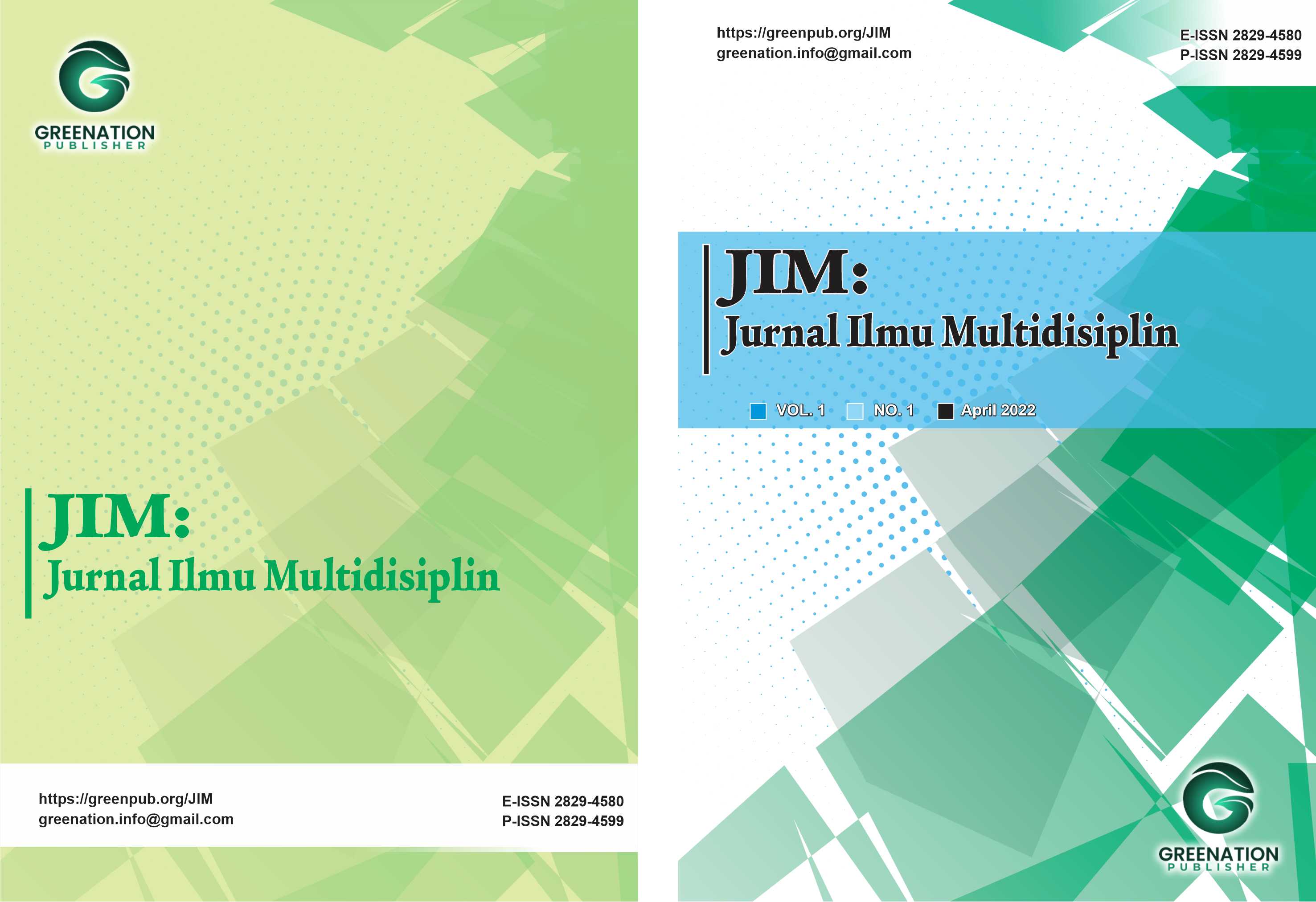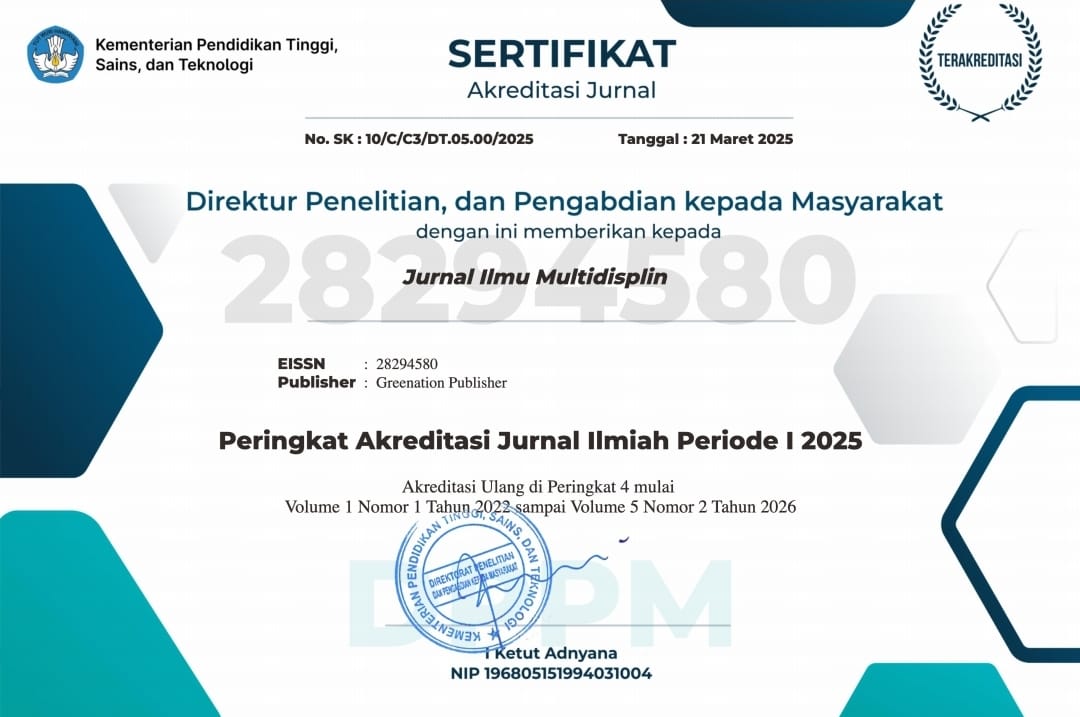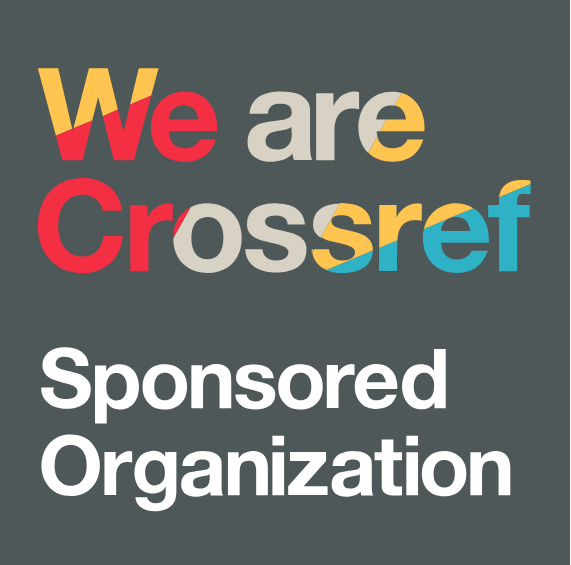Efficacy and Safety Comparison between Empagliflozin and Linagliptin among Type 2 Diabetes Mellitus Patients : A Systematic Review and Meta-Analysis
DOI:
https://doi.org/10.38035/jim.v4i1.865Keywords:
diabetes, empagliflozin, glucose, linagliptin, safetyAbstract
Introduction: Empagliflozin and linagliptin are two commonly used medications for the management of Type 2 Diabetes Mellitus (T2DM). However, direct comparison of their efficacy and safety profiles remains limited. This study aims to compare efficacy and safety of empagliflozin and linagliptin in T2DM patients. Methods: Systematic review was done according to the PRISMA statements. Searching was conducted among multiple databases with specific keywords. Selection of studies were done by set of inclusion and exclusion criteria. Included studies were appraised using the Cochrane RoB2.0 critical appraisal tools. Analysis was done qualitatively and quantitatively, with assistance of RevMan 5.4. Heterogeneity analysis was done to determine the effects model used. P value of <0.05 was determined as statistical significance. Results: Four studies with low risk of bias and involving 420 subjects were included. Analysis showed that empagliflozin resulted in significantly greater reductions in HbA1c (MD = 0.71%, 95% CI = 0.43–0.99%) and fasting blood glucose (MD = 47.61 mg/dl, 95% CI = 25.57–69.65 mg/dl) compared to linagliptin. In terms of safety, there were no significant differences in the incidence of hypoglycemia (OR = 0.73, 95% CI = 0.38–1.38) or urinary tract infections (OR = 0.68, 95% CI = 0.37–1.25) between the two treatments. Conclusion: Empagliflozin provided better glycemic control over linagliptin among T2DM patients with satisfactory safety profile.
References
Ceriello, A., & Inagaki, N. (2017). Pharmacokinetic and pharmacodynamic evaluation of linagliptin for the treatment of type 2 diabetes mellitus, with consideration of Asian patient populations. Journal of Diabetes Investigation, 8(1), 19–28.
Devi, R., Mali, G., Chakraborty, I., Unnikrishnan, M. K., & Abdulsalim, S. (2017). Efficacy and safety of empagliflozin in type 2 diabetes mellitus: A meta-analysis of randomized controlled trials. Postgraduate Medicine, 129(3), 382–392.
Gaggini, M., Sabatino, L., Suman, A. F., Chatzianagnostou, K., & Vassalle, C. (2025). Insights into the roles of GLP-1, DPP-4, and SGLT2 at the crossroads of cardiovascular, renal, and metabolic pathophysiology. Cells, 14(5), 387.
Galicia-Garcia, U., Benito-Vicente, A., Jebari, S., Larrea-Sebal, A., Siddiqi, H., Uribe, K. B., et al. (2020). Pathophysiology of type 2 diabetes mellitus. International Journal of Molecular Sciences, 21(17), 6275.
Gallwitz, B. (2013). Emerging DPP-4 inhibitors: Focus on linagliptin for type 2 diabetes. Diabetes, Metabolic Syndrome and Obesity: Targets and Therapy, 6, 1–9.
Graefe-Mody, U., Retlich, S., & Friedrich, C. (2012). Clinical pharmacokinetics and pharmacodynamics of linagliptin. Clinical Pharmacokinetics, 51(7), 411–427.
Hayami, T., Kato, Y., Kamiya, H., Kondo, M., Naito, E., Sugiura, Y., et al. (2015). Case of ketoacidosis by a sodium-glucose cotransporter 2 inhibitor in a diabetic patient with a low-carbohydrate diet. Journal of Diabetes Investigation, 6(5), 587–590.
Lee, Y. T., Hsu, C. N., Fu, C. M., Wang, S. W., Huang, C. C., & Li, L. C. (2021). Comparison of adverse kidney outcomes with empagliflozin and linagliptin use in patients with type 2 diabetic patients in a real-world setting. Frontiers in Pharmacology, 12, 781379.
Lu, X., Xie, Q., Pan, X., Zhang, R., Zhang, X., Peng, G., et al. (2024). Type 2 diabetes mellitus in adults: Pathogenesis, prevention and therapy. Signal Transduction and Targeted Therapy, 9(1), 1–25.
Osman, S. T., Purba, W., Daramola, O., Amin Bhuiyan, M. M. A., Nwaiwu, J., Fowowe, M., et al. (2025). Positive impact of DPP-4 or SGLT2 inhibitors on mild cognitive impairment in type 2 diabetes patients on metformin therapy: A metabolomic mechanistic insight. Biomedicine & Pharmacotherapy, 182, 117771.
Page, M. J., McKenzie, J. E., Bossuyt, P. M., Boutron, I., Hoffmann, T. C., Mulrow, C. D., et al. (2021). The PRISMA 2020 statement: An updated guideline for reporting systematic reviews. BMJ, 372, n71.
Rascher, J., Cotton, D., Haertter, S., & Brueckmann, M. (2024). Clinical pharmacokinetics and pharmacodynamics of empagliflozin in patients with heart failure. British Journal of Clinical Pharmacology, 90(9), 2215–2222.
Scheen, A. J. (2012). DPP-4 inhibitors in the management of type 2 diabetes: A critical review of head-to-head trials. Diabetes & Metabolism, 38(2), 89–101.
Scheen, A. J. (2014). Pharmacokinetic and pharmacodynamic profile of empagliflozin, a sodium glucose co-transporter 2 inhibitor. Clinical Pharmacokinetics, 53(3), 213–225.
Sterne, J. A. C., Savovi?, J., Page, M. J., Elbers, R. G., Blencowe, N. S., Boutron, I., et al. (2019). RoB 2: A revised tool for assessing risk of bias in randomised trials. BMJ, 366, l4898.
Wanner, C., Iliev, H., Duarte, N., Schueler, E., Soares, A. R., Thanam, V., et al. (2024). Safety of empagliflozin: An individual participant-level data meta-analysis from four large trials. Advances in Therapy, 41(7), 2826–2844.
Wanner, C., Inzucchi, S. E., Lachin, J. M., Fitchett, D., von Eynatten, M., Mattheus, M., et al. (2016). Empagliflozin and progression of kidney disease in type 2 diabetes. The New England Journal of Medicine, 375(4), 323–334.
Zinman, B., Wanner, C., Lachin, J. M., Fitchett, D., Bluhmki, E., Hantel, S., et al. (2015). Empagliflozin, cardiovascular outcomes, and mortality in type 2 diabetes. The New England Journal of Medicine, 373(22), 2117–2128.
Downloads
Published
How to Cite
Issue
Section
License
Copyright (c) 2025 Harzalina Zilfi Amly, Evi Ananta Ulisa Sitepu, Igna Laurensus Sitorus

This work is licensed under a Creative Commons Attribution 4.0 International License.
You are free to:
- Share— copy and redistribute the material in any medium or format
- Adapt— remix, transform, and build upon the material for any purpose, even commercially.
The licensor cannot revoke these freedoms as long as you follow the license terms.
Under the following terms:
- Attribution— You must give appropriate credit, provide a link to the license, and indicate if changes were made. You may do so in any reasonable manner, but not in any way that suggests the licensor endorses you or your use.
- No additional restrictions— You may not apply legal terms or technological measures that legally restrict others from doing anything the license permits.
Notices:
- You do not have to comply with the license for elements of the material in the public domain or where your use is permitted by an applicable exception or limitation.
- No warranties are given. The license may not give you all of the permissions necessary for your intended use. For example, other rights such as publicity, privacy, or moral rightsmay limit how you use the material.




























